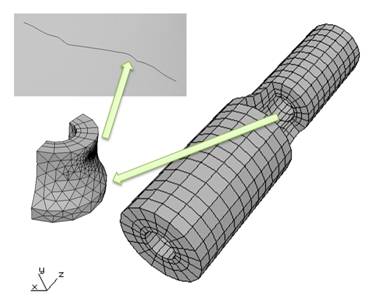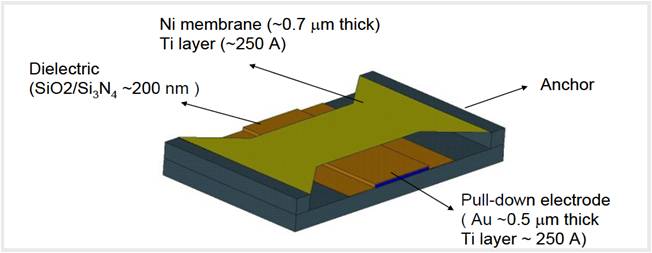Overview: The resistance and applied load of engineering components and devices in service vary with time, and time-dependent reliability analysis seeks to account for this variability. However, in addition to inherent variability in operating environments and system properties, the reliability prediction is also affected by data uncertainty in measurements (laboratory experiments as well as real-world monitoring and inspections), and model uncertainty due to mathematical approximations and limited computer simulations. Hence, time-dependent reliability analysis combined with rigorous uncertainty quantification methods is desired to accurately evaluate the health status of engineering components and devices in service.
Methodology: Uncertainty quantification in time-dependent reliability analysis includes the following steps: (1) Quantify sources of uncertainty and errors in modeling, experiments and service conditions (2) Construct a dynamic Bayes network incorporating the various sources of uncertainty and errors (3) Identify important nodes in the Bayes network by probabilistic sensitivity analyses to direct resource allocation (for experiments as well as model refinement) (4) Statistical inference of nodal variables in the Bayes network using available lab and field data (5) Explore different validation methods for time-dependent computational models under uncertainty (6) Expedite multi-scale, multi-level, and multi-physics computer simulations with efficient surrogate modeling techniques
Application: Two areas of application are considered:
(1) Fatigue damage prognosis of rotorcraft components and structures under various mission scenarios

Fig. 1 Example rotorcraft component Failure mechanism: unstable crack growth in critical region under fatigue loading
(2) Long term reliability prediction for radio frequency (RF) micro-electro-mechanical systems (MEMS) switch in adverse environments
Fig. 2 Example RF-MEMS device (Courtesy: Purdue University) Failure mechanisms: dielectric charging; contact area damage; adhesion, friction; dislocations, void nucleation, creep, spalling, delamination.